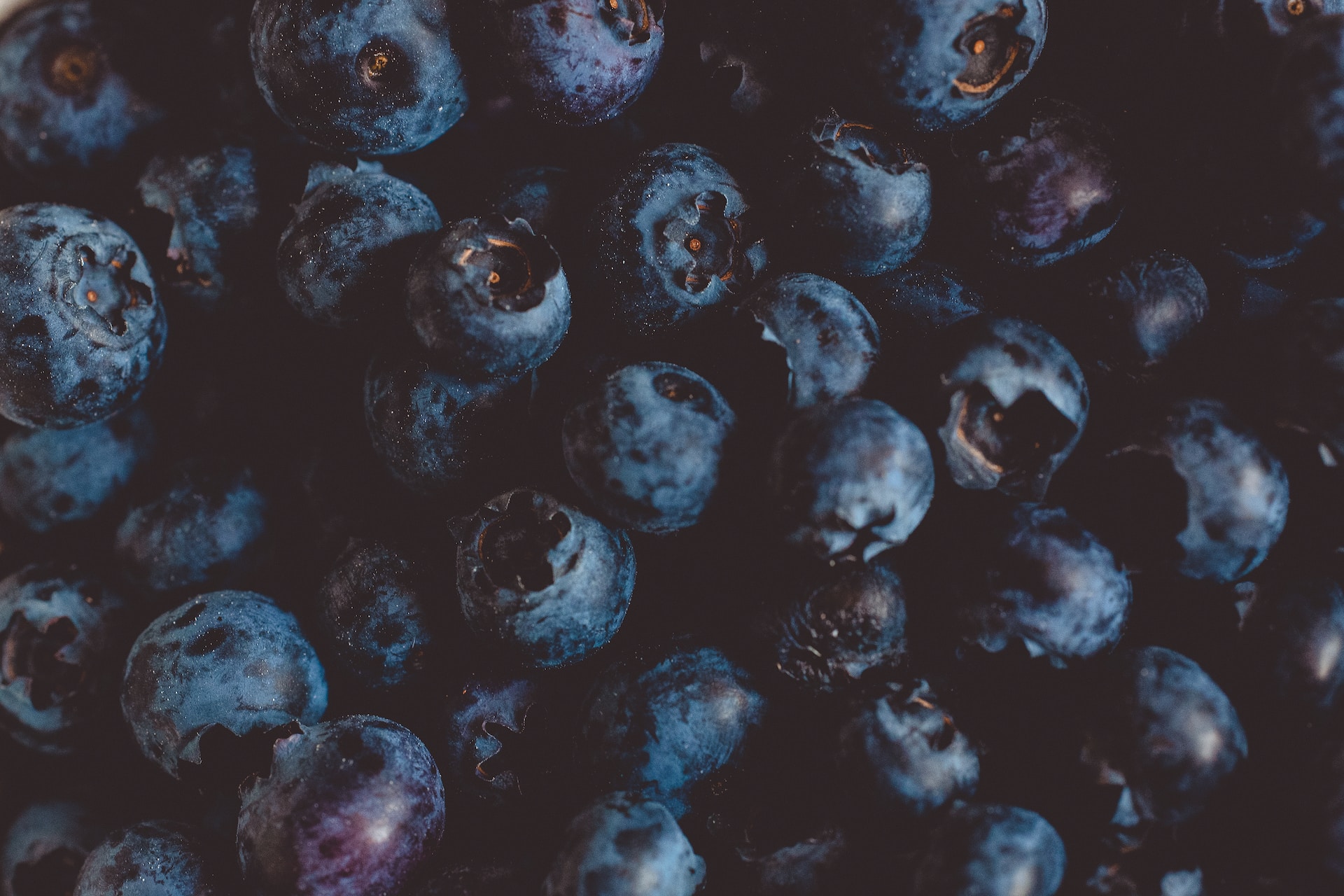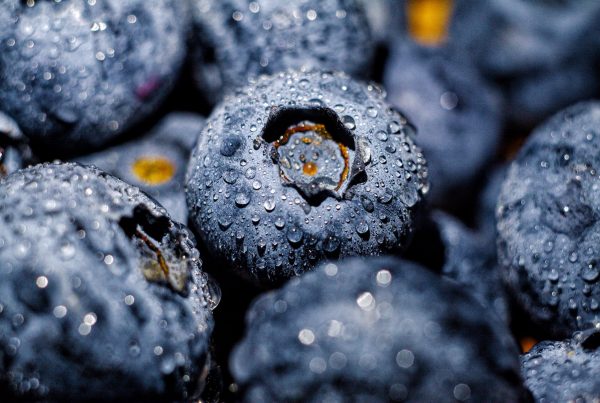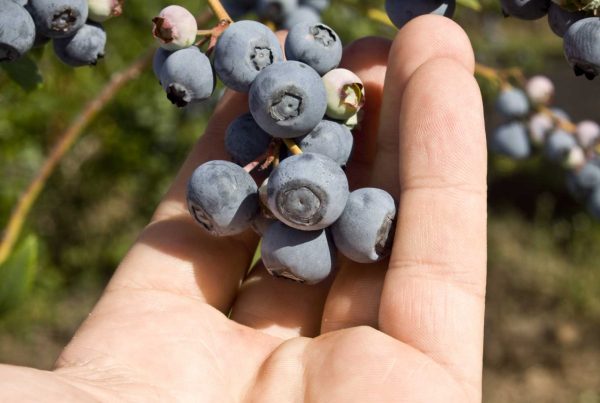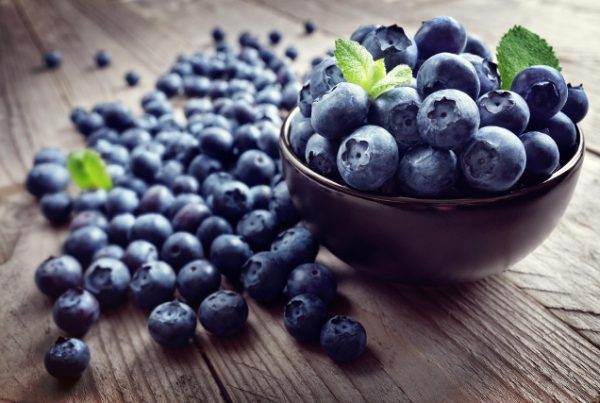Newsletter 149 – 04.25.2023
The blueberry industry continues with its great dynamism, conquering new spaces. This year the southern hemisphere exported 400,000 tons, doubling its shipments in just four years. Peru is the great southern winner. In the season that has just ended, it contributed 72% of exports from the southern hemisphere, exceeding 280,000 tons. Behind was Chile with almost 90,000 tons, South Africa with 21,000 tons and Argentina+Uruguay even behind, with 4,500 tons.
On this road to success, the season presented positive points, but less favorable trends were also accentuated, as well as unexpected events that will force the sector to rethink its strategies.
Lights of the 2022/23 season:
- All the northern markets have increased their trade, so a saturation of the market did not happen. Large consumers such as the North Americans, who have been joined in recent years by the Europeans, continue to increase their imports year after year. The 3 main destinations; US, Europe and the Far East have doubled their southern imports in just 4 years.
- This growth was achieved thanks to the conquest of new consumers, as well as the increase in purchases by regular consumers. Lower retail prices, attractive ads, as well as the use of larger containers managed to boost sales.
- Trade in non-traditional markets was expanded. Such is the case of some countries in the Far East (South Korea, Taiwan), Southeast Asia (Thailand, Singapore), the Middle East or Latin America (Brazil, Colombia).
- Logistical problems, such as lack of spaces, delays in shipments and complications at ports (which seriously affected the previous campaign), this year they managed to be overcome thanks to the collaboration between the blueberry industry, the government and those responsible for the logistics part.
- The market turned to large containers. The most common are those of 300 g, 6 oz or 1 pt. On the other hand, the 400-500g cups, which used to be sold occasionally, began to be present during almost the entire season. The 125 g is becoming more and more obsolete: only at the beginning or end of the season and for the organic ones.
- Organic production expanded. Throughout the season it was sold together with the conventional one and the number of ads carried out with it increased markedly.
- The varietal change is noticeable. In the exports of the southern countries the new varieties begin to prevail.
- Better quality and condition: all suppliers continue to bet heavily on this point, be it with new varieties, improvements in production and logistics.
Shadows of the 2022/23 season
- - Climate change: Extreme temperatures, droughts, unexpected rains, etc. are already the norm. This year Chile suffered several waves of extreme heat that reduced the yield and quality of the blueberries harvested. The campaign ended early as the fruits no longer had exportable quality. In South Africa the harvest was disrupted by unexpected rains. In Peru, a spring with changing temperatures and higher relative humidity complicated the health of the crops.
- Social riots: this time they mainly affected Peru, which complicated the harvest and interrupted the transfer of the fruit to the ports.
- Low sale prices: the growing competition among suppliers and the pressure exerted by buyers, especially the large chains, led to further decline in prices. There were weeks with ridiculously low prices.
- Drop in profits: all suppliers suffered from lower profitability due to the low prices that were managed. This had already been observed in the previous campaign. Low prices are putting the development of this business at risk, by complicating investment in technological and varietal improvements.
- Lower investments: the drop in profitability led to the stoppage of the boom in new plantations. Even in Peru, where until now the blueberry is the great success, new projects have been suspended and progress is being made cautiously. The effort is focused on varietal replacement and improving crop productivity.
- Lower advantage of organic: this was the segment that suffered the most from the fall in prices. The higher supply, insufficient market and not always optimal qualities, led to a drastic reduction in the price premium obtained by organic. This year it was common to see ads of organic blueberries at the same price as the conventional ones. This led to a reconsideration of this production, given the higher costs and dedication that the organic ones require.







